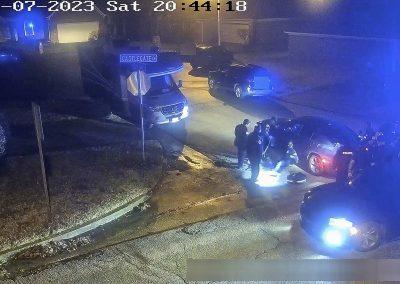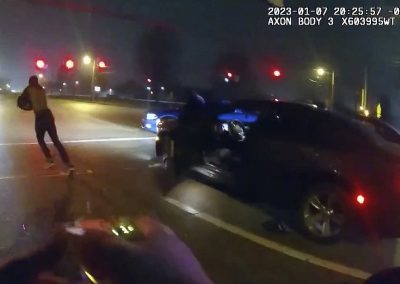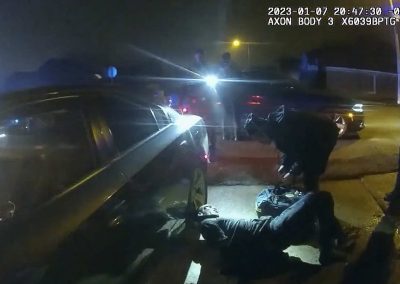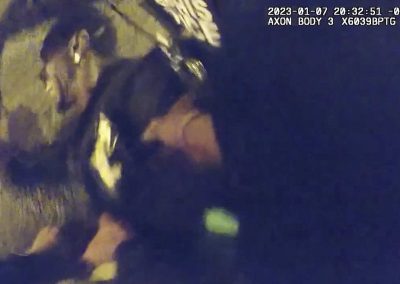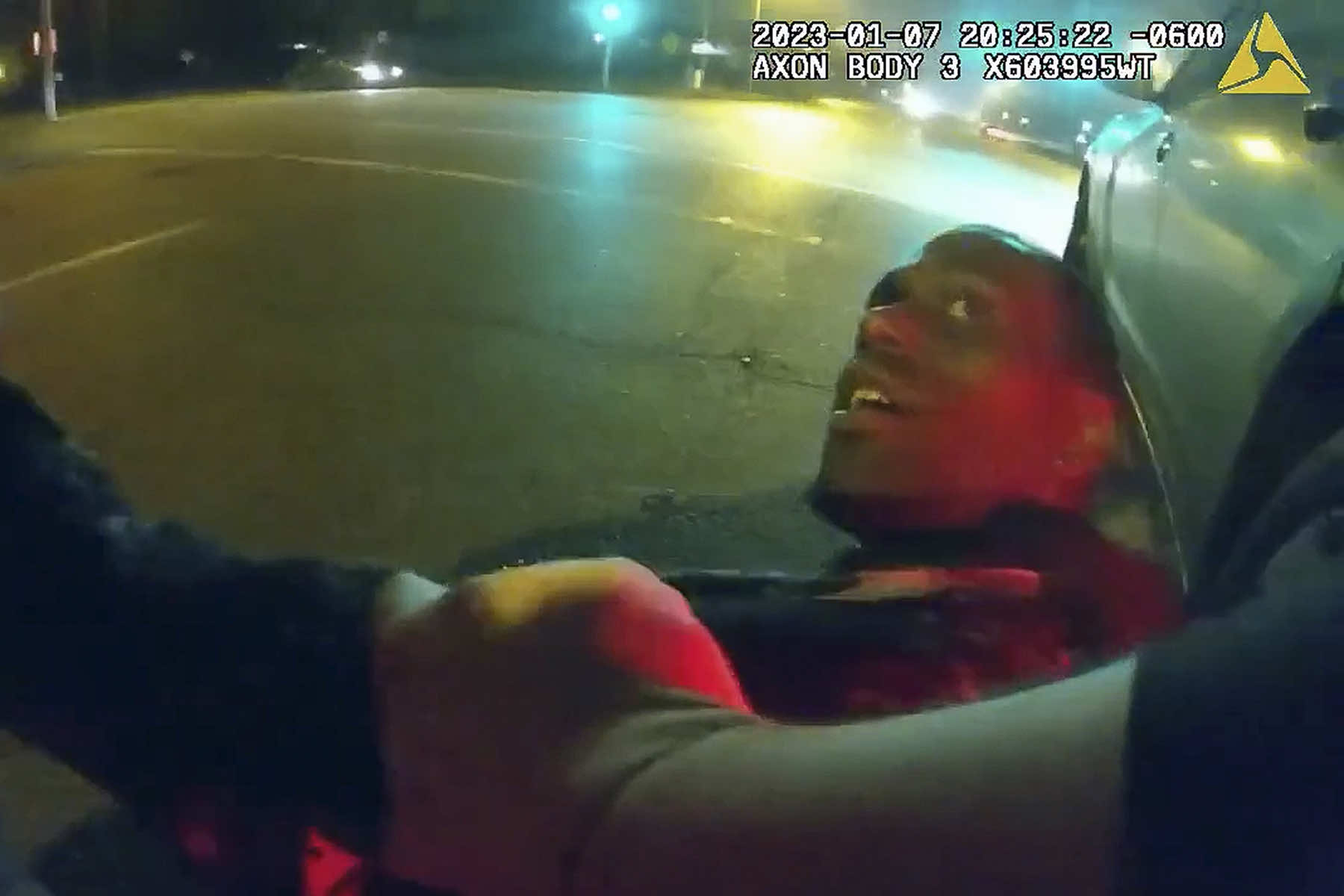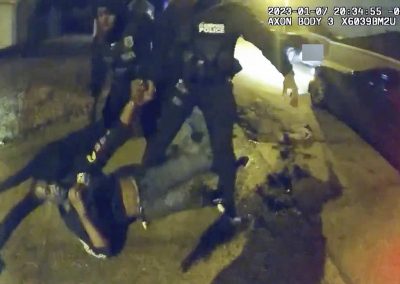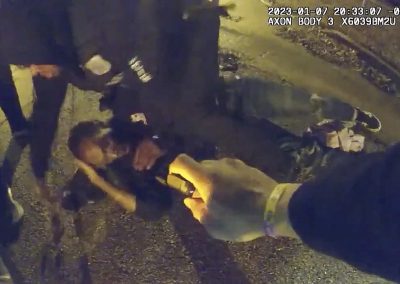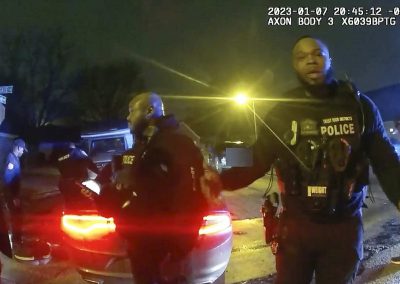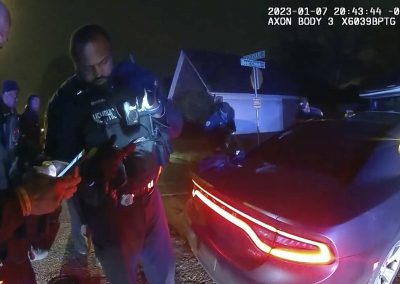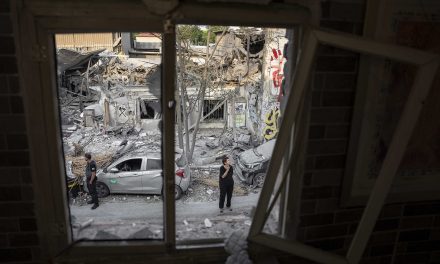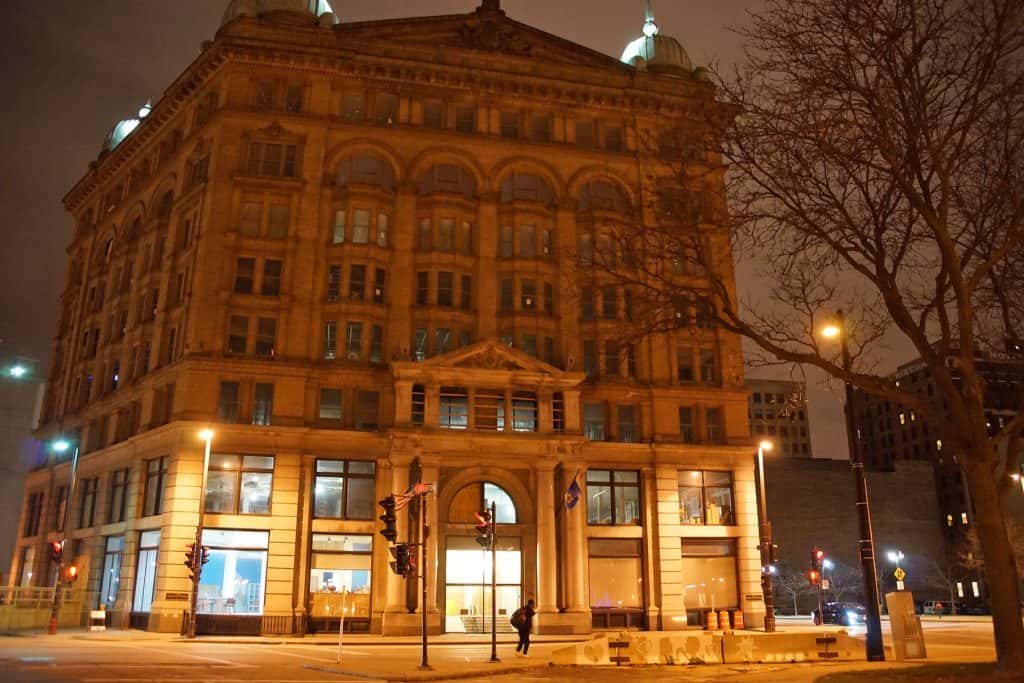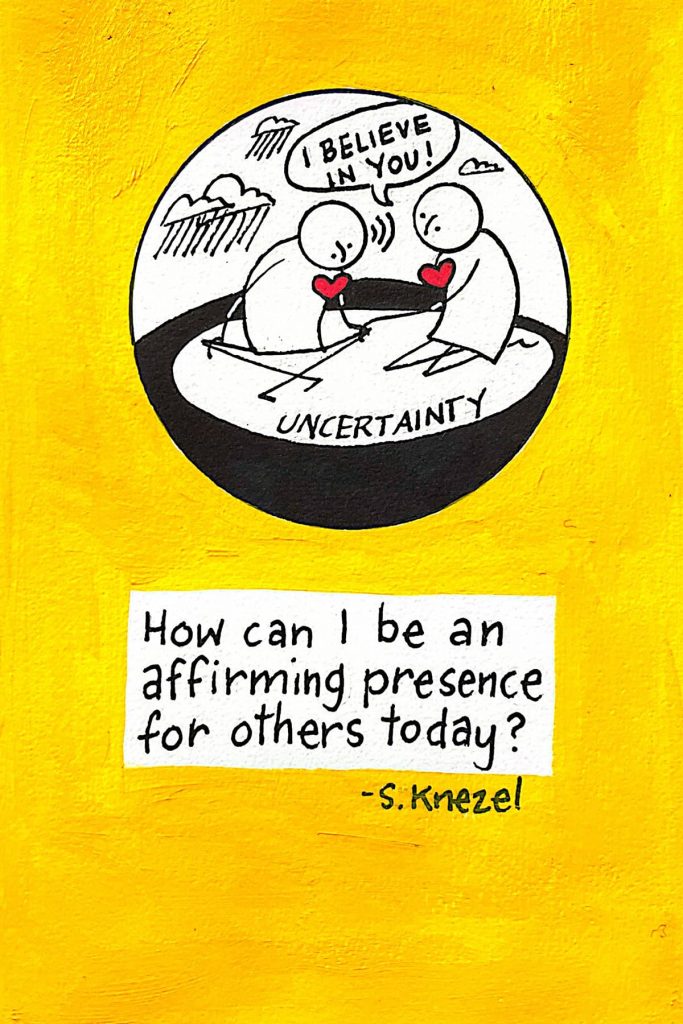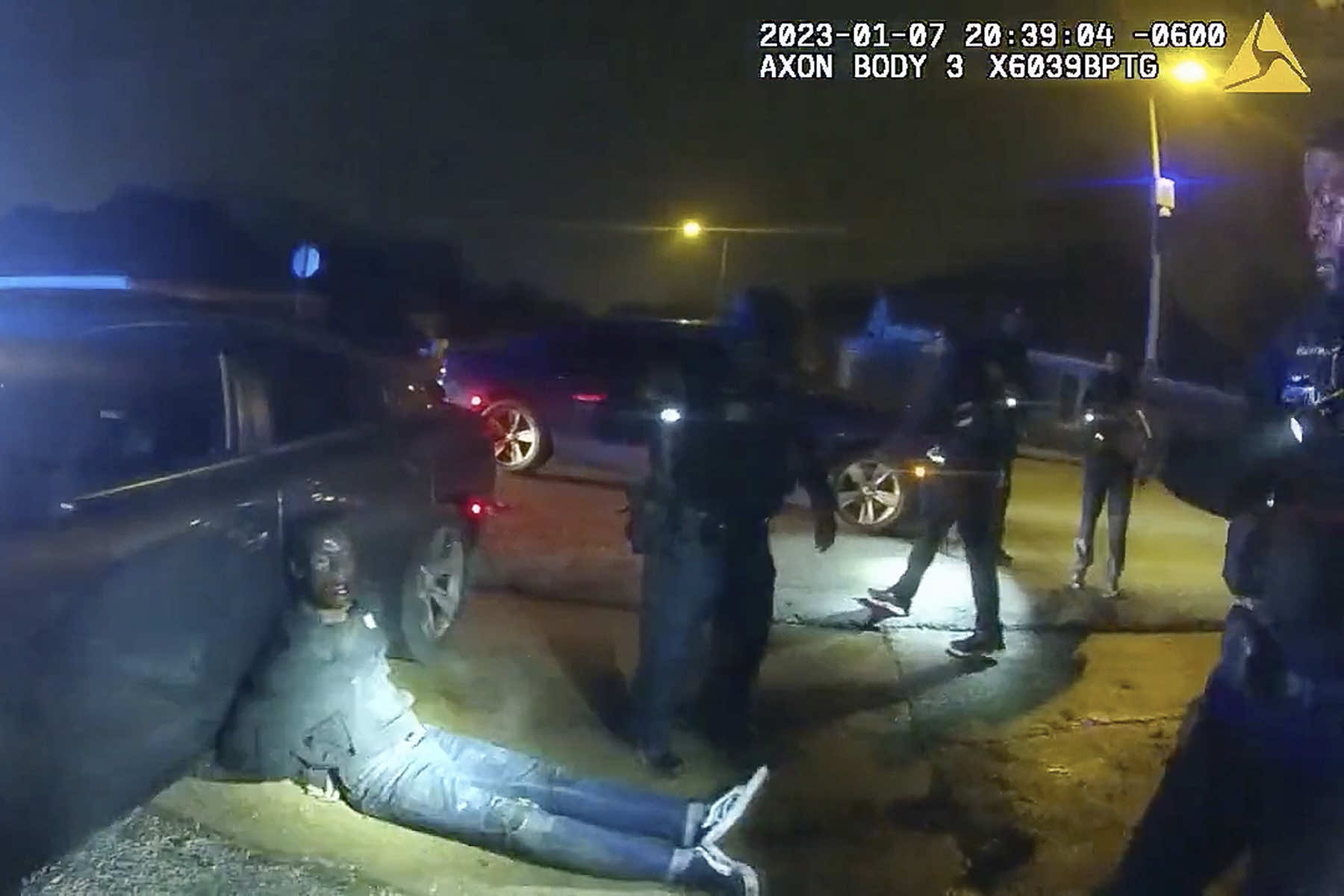
If you stumbled on the scene too late, you might have missed him there, bloodied and beaten.
The officers’ demeanors seem untroubled and their work nonurgent as they mill at this quiet corner trading battle tales, a fist bump and a back pat. The police ranks have ballooned, but everyone seems to agree there’s nothing to see here. They tie their boots and fret over their glasses and carp about knee pain, so you might have missed him there among the phalanx that towers above, the ones who wear a smile and spurt laughter and will go home safe.
Look past the men who punched, kicked, shocked, sprayed, dragged and now stand in seeming indifference. Let your eyes drift downward and the crumpled body comes into view. Hands behind his back, one shoe off, he writhes helplessly on the pavement. His screams seem to have ended, his cries for his mother have stopped and his voice has weakened so much his words are hard to discern.
“You can’t go nowhere,” the officer bent over him responds. “You can’t go nowhere.”
In harrowing video of this Memphis night, all eyes are drawn to the chaotic moments of brutality that preceded this and would leave another Black man dead at the hands of police. But alongside the attacks themselves the footage captures another excruciating reality: Minute after minute of officers’ jocular nonchalance as Tyre Nichols lay critically hurt, their behavior seemingly affirming just how ordinary this sort of thing is.
“The cops who murdered Tyre Nichols are not some aberration. They’re not an outlier,” cultural critic Touré wrote on Twitter. “That’s normal police procedure it’s just usually they get away with it.”
The 67 minutes of body camera and surveillance footage released in the case are a muddled and messy picture of the night that would lead to Nichols’ death and murder charges for five officers, all also Black. The views are at times obscured and the story incomplete, but the video also offers stunning clarity of what happened.
It starts at about 8:24 p.m. on a Saturday evening, January 7. What roused officers to pull Nichols over is unseen, but for the routine traffic stop they claimed it was, the escalation appears to be immediate and baffling.
At least three officers surround Nichols’ car as he is yanked from his blue sedan. At least one of them approaches with a gun extended. Nichols can be heard for the first time, saying “I didn’t do anything,” and is pushed to the ground. He voices compliance, repeating “all right” over and over as the officers scream and curse.
“Tase him! Tase him!” one officer barks.
He has been wrestled to the ground, but officers keep yelling for him to lay down, an order that seems to confuse Nichols, who is already lying on his right side. Still, he responds calmly, his voice cracking just a hint as he tries to appease them.
“You guys are really doing a lot right now,” Nichols says. “I’m just trying to go home.”
Nichols finally appears rattled as officers continue to shout for him to lie down.
“I am on the ground!” he yells back, before suddenly, he is up and has broken free.
From the time officers opened his car door, only a minute has passed.
Someone fires a stun gun as Nichols runs away. At least two officers go after him, but they give up after about 15 seconds. One officer pants as he radios in for backup and makes his way back to the street where Nichols’ car is left.
About eight minutes later, word comes that the suspect was apprehended.
“I hope they stomp his ass,” one officer says to another. “I hope they stomp his ass.”
It’s 8:33 p.m. now and officers have clustered at the corner of Castlegate and Bear Creek, less than a half-mile from where this started. Nichols’ capture turns brutal with such speed that it’s hard to comprehend.
From a security camera perched above, Nichols is seen lying in the street. Two officers pin him down as a third appears to kick him in the head once, then again.
“Mom! Mom!” he cries.
He is allowed to sit up, only to have an officer use his baton to beat him on his back. He wobbles up again, then absorbs a series of punches to the face and head. He’s doused in pepper spray.
Nichols seems nearly unable to stand now. He is held up by officers as more blows land. Then, after about five minutes of attacks, he is dragged a short distance, his limp body propped against a car.
It is 8:38 p.m., just 14 minutes after the initial traffic stop. You can’t see Nichols’ face, but hospital photos released later will show his nose bent at an unnatural angle and his face bloodied and bruised, almost unrecognizable.
Nichols’ moans have been silenced and the night’s action has largely stopped. Left in its wake is the ever-growing number of officers who wander, chit-chat and, most of all, just stand by with such nonchalance you’d think nothing had ever happened. Paramedics arrive a few minutes later and, still, Nichols appears unattended to.
He was only a minute or two from the home he shared with his mother, RowVaughn Wells. The officers’ voices capture them calling him “bitch,” “bastard” and worse.
His mom knows the truth. He was 29 and imbued with California mellow, a FedEx worker, amateur photographer, skateboarder and “damn near perfect” mama’s boy. He did no drugs, Wells said, and had no guns. He went out to take pictures of the sky and never made it home.
The footage runs more than 20 minutes more until an ambulance blocks the shot. Wells can’t bear to watch it anyway.

